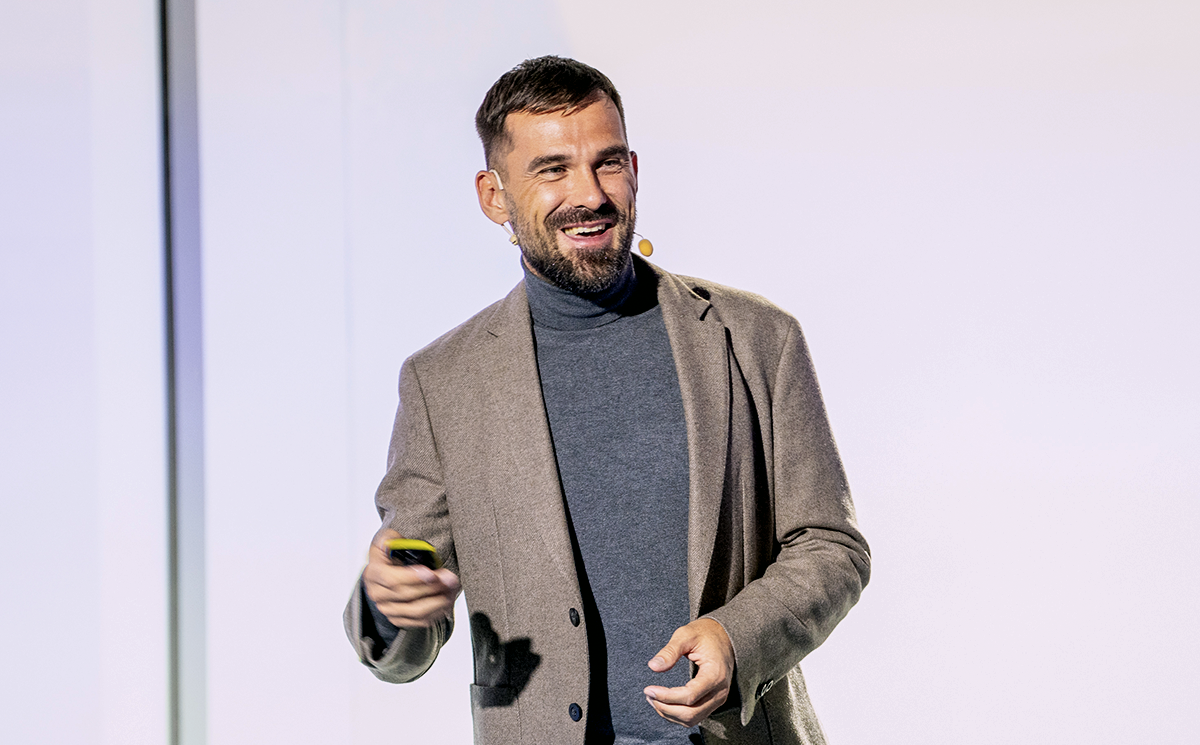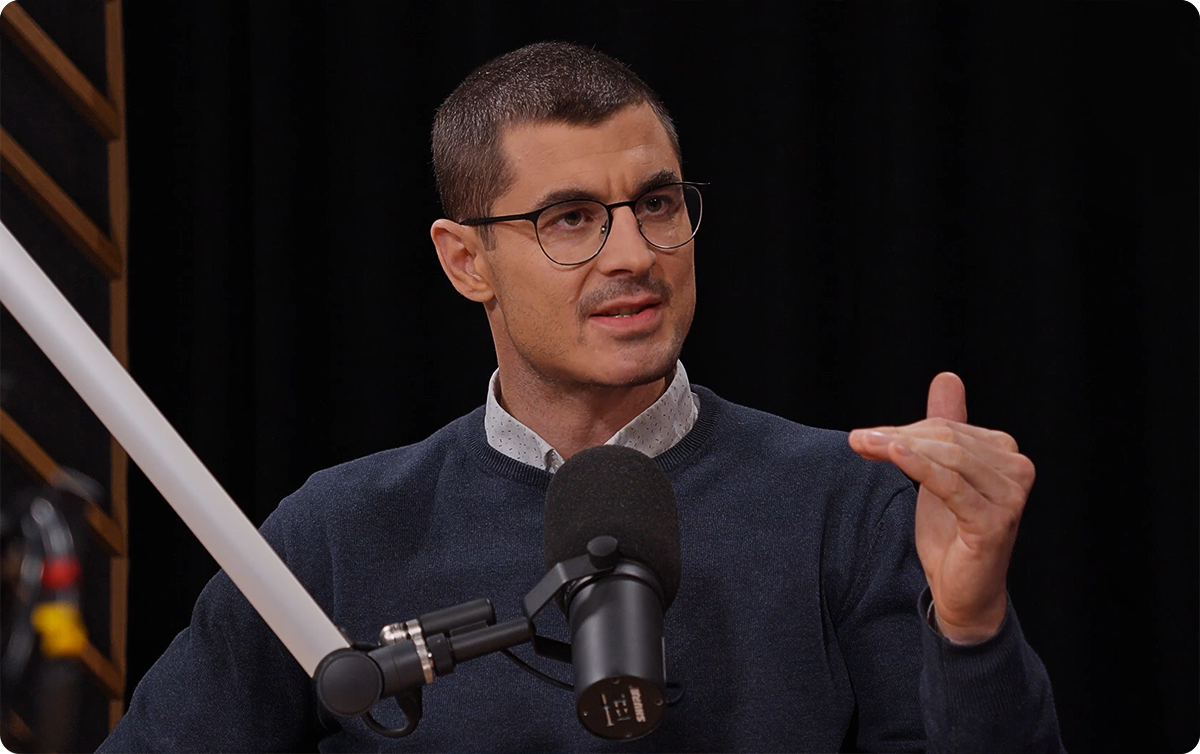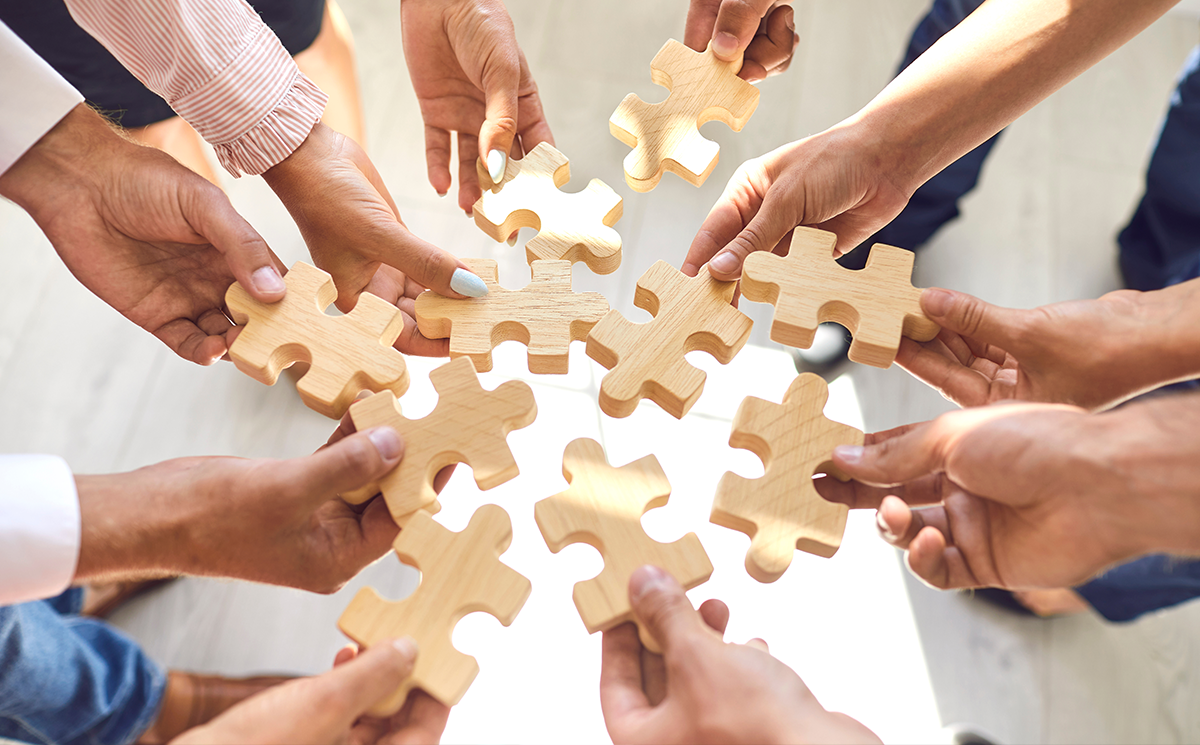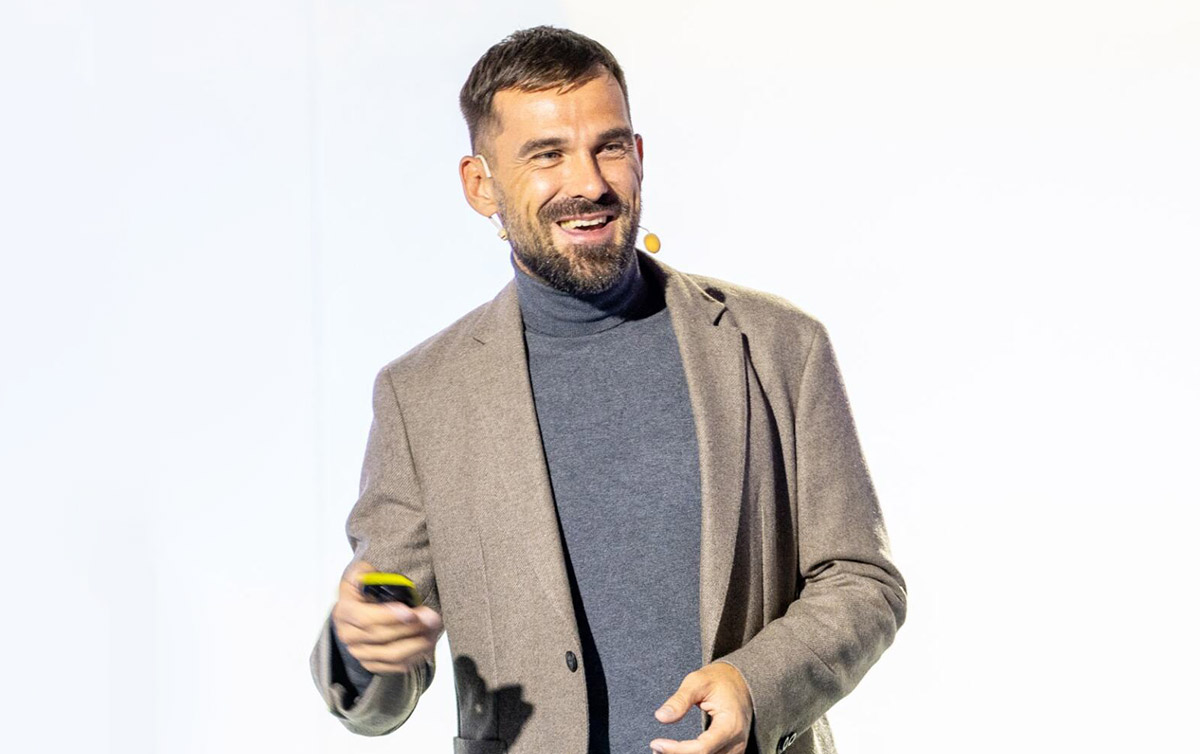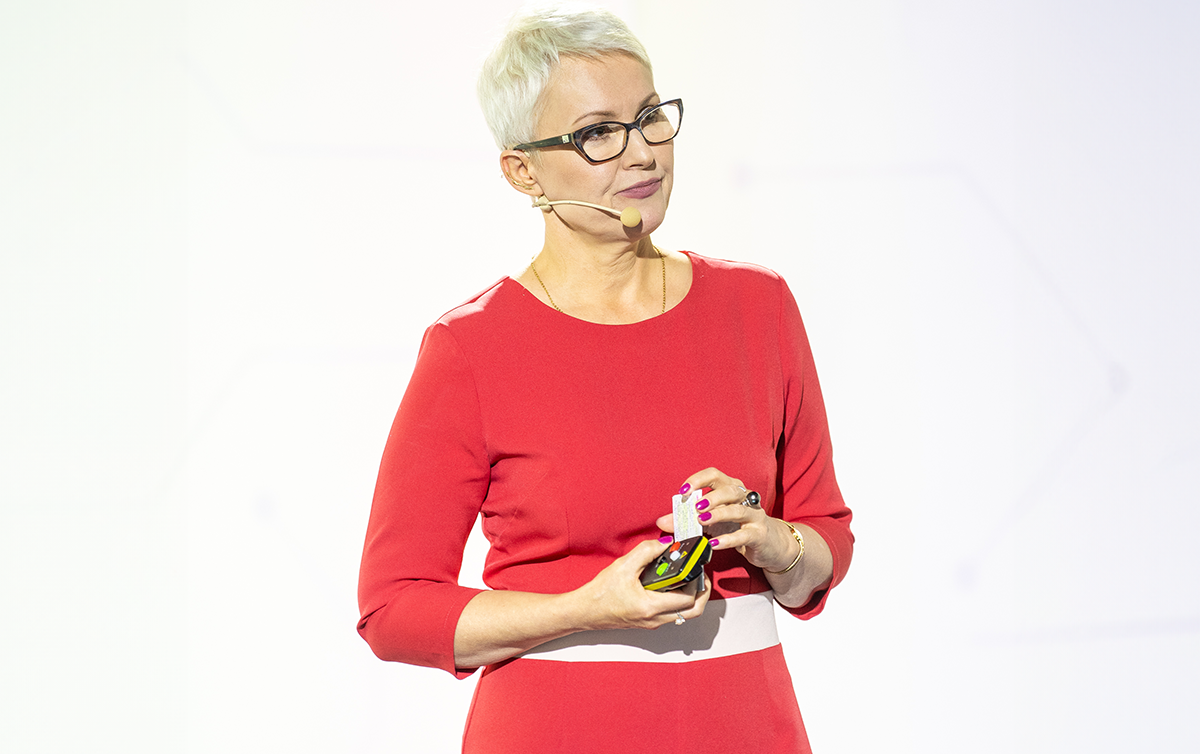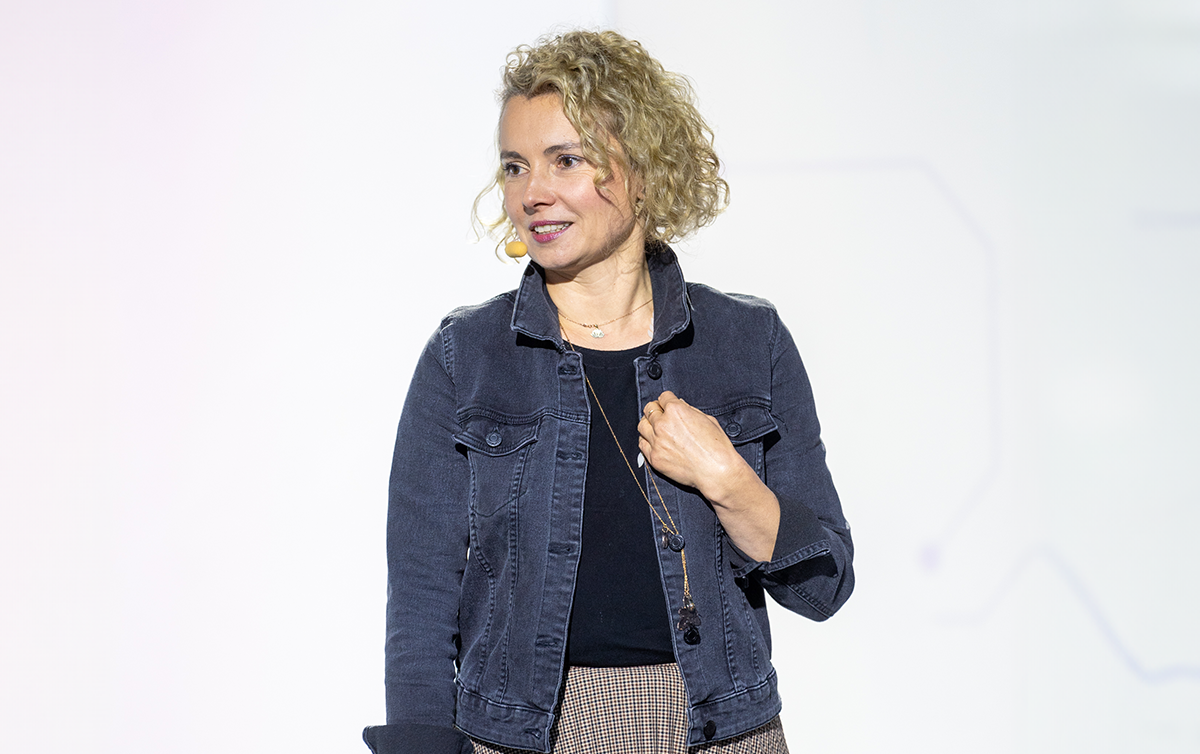The desire to compete and win prizes is inherent in human nature. No wonder, then, that initiatives based on gamification so often prove to be a bull’s eye. As long as they are properly planned, of course.
To make it interesting is to win
A night spent on a presentation full of charts and data? Or rather, an exciting evening with a new game? It is not hard to predict what most people with such an alternative would choose. Nothing unusual about that. The entertainment that a game provides is based on a number of psychological mechanisms that make it simply interesting for us.
And since it is all about curiosity and psychology, it was predictable that marketers would take an interest in the matter. Interestingly, they did it relatively late. The concept of “gamification”, or the use of game mechanics in a variety of fields – including marketing – was only coined in 2002. Its author is British programmer Nick Pelling, who initially had his sights set primarily on developing interfaces [1].
Today we already know that this method can cover many more areas, quite a few of which are related to business. This is how gamification has evolved into a trend that is gaining popularity every year.
Why does gamification work?
Gamification is based, as the name suggests, on our instinctive need to compete. But this is still not its only mechanism. Also at work here is the desire to gain recognition from others and achieve the highest possible position. The natural reward mechanism (which triggers dopamine, immediately followed by a sense of satisfaction) and the tendency to collect things also come into play [1].
In short, there is a psychological phenomenon behind this, which basically ensures the success of the venture. Of course, as long as we can use it properly. And that is probably where the biggest challenge lies.
Recipe for gamification
... of course, it doesn’t exist. Or at least it is impossible to talk about a single model that will work every time. This is because each time we operate in a different area (e.g. once it will be the target customers, another time it will be the company’s employees), we have different goals (e.g. branding, education, etc.). However, there are some fixed key elements, derived from game mechanics, that are worth applying. Longtime expert in the field, Paweł Tkaczyk, lists them one by one:
Collecting – we tend to collect things within specific collections. If we are just a few points short, we are motivated to “fill in the gap” in our collection.
Scoreboards – they allow you to aspire to be better. We want to get ahead of our rivals who are above us in the standings, such as by collecting more points or achieving a better score on a quiz. In addition, the scoreboard lets us know our own skill level – so it also serves as self-assessment.
Goals and progress/level – the game needs a specific stake, a set goal to be achieved. Importantly, players must be able to see their progress toward the goal and monitor it on an ongoing basis.
Challenges – it is useful to link the goal to a specific timeframe or other constraint that will be a challenge to overcome. So specific numbers are useful, such as “Visit 10 places in 10 weeks”. The designated constraints heighten the excitement of the game.
Prizes – achieving a goal and overcoming challenges are worth rewarding every time. Importantly, the prize does not have to be a specific item – sometimes it can be, for example, a gold star visible in a user’s profile.
It is also worth remembering that gamification has many faces. The aforementioned elements do not determine any particular formula. Gamification can be applied to loyalty programmes, quizzes, tests, contests and lotteries, as well as themed events, workshops or training courses [1].
Numerous goals to be achieved
The number of goals a company can achieve through gamification is large. Typically, however, such solution is used to interact with a current or potential customer and engage them in a specific activity, as well as to increase brand awareness and loyalty [1]. Thanks to gamification-based activities, you can also obtain useful information (e.g. to expand the mailing base or collect product reviews) and even content that users will create, as it were, “on the fly”.
Gamification will also be a very good solution if the company cares for building or integrating some kind of community – games perfectly activate a sense of belonging to a group [3]. Through healthy, positive competition you can also organise customer or employee communities.
Gamification also works well when there is a need to educate specific audiences. An interesting game is able to make its participants more willing to learn about the topic and assimilate a specific message faster.
Summer Game as an example of gamification
One example of gamification is the MultiSport Summer Game initiative organised by Benefit Systems for 7 years. Its formula has successfully engaged the community, so the number of participants has grown.Thus, in 2022, 51,907 people took part, and a year later there were already 87,652 (an increase of 68.8%). The game is based on simple rules and a low entry threshold –the only condition to participate in the game is to have an active MultiSport card.
For consecutive weeks of fun, each trip to the gym, pool or fitness classes is rewarded with a specific number of credits. The more, the better, as attractive prizes await the winners each year.
The Summer Game uses the key elements of gamification, i.e. a time-bound challenge, collecting credits, competing with other players and, finally, the opportunity to win attractive prizes.
Over time, more features were added, such as the ability to redeem credits for vouchers to popular shops and service providers throughout the game. The range of activities for which you can get credits has been expanded to include inviting friends to join, expanding knowledge about sports through articles and quizzes, or taking part in the Design Your Shape loyalty programme. Thus, you can see that various types of gamification can be combined to achieve a synergy effect.
Not just marketing
Of course, activities with elements of gamification work well not only in marketing. They can be successfully used internally (e.g. training, team building, verification of employee competencies), as well as during recruitment (e.g. industry knowledge quizzes).
It may be a good idea to use internal resources, such as an intranet, to organise challenges and competitions. Gamification can also be easily linked to a cafeteria system, making it easier to award specific prizes for specific achievements. Competition can involve not only individual employees, but also entire teams (integrating members of a given team in the process).
Long list of benefits
When deciding on a specific game within the company, the organiser defines the main goal, such as training the team or integrating new employees. And besides, “on the fly”, you:
build teamwork skills,
fill with valuable content (e.g. from the field of education) the so-called entertainment gap, manifested in the need to glance at the smartphone while working [3],
discover innovative ways to solve problems (gamification becomes the equivalent of brainstorming),
discover new potential in the team (e.g. competencies that the employee could not demonstrate in their daily work) [4],
acquire useful content, such as insights for further initiatives within the company.
From the employee’s perspective, it is the same – sometimes, while competing for an attractive prize, they can, as it were, “on the fly” prove to themselves and the team that they have valuable competencies or assimilate knowledge that will result in further professional development.
Thus, well-planned gamification is a solution that brings tangible benefits to both players and organisers. The question “Is it worth it?” can therefore be answered: “Definitely yes!”
References:
[1] https://sprawnymarketing.pl/blog/grywalizacja-co-to-jest-i-jak-ja-wykorzystac-w-marketingu/
[2] https://paweltkaczyk.com/pl/co-to-jest-grywalizacja-2/
[3] https://www.ark-doradztwo.pl/czytelnia/grywalizacja-swiecie-biznesu/
[4]https://www.kozminski.edu.pl/pl/review/grywalizacja-od-gry-do-bardziej-efektywnej-pracy


